We all know that routine maintenance is important for everything from our computers to our cars. But sometimes, we fall short. One of the most neglected routine car maintenance tasks is to check tire pressures and inflate them as necessary. That’s why newer cars have tire pressure warning lights, or tire pressure monitoring systems (TPMS), that let you know when you have under- or over-inflated tires (when any tire is 25% underinflated).
Older vehicles don’t have this useful warning light. So, don’t wait for a rupture to check or change a tire. Use this guide to learn how to check the pressure (PSI) of your vehicle tires and how to inflate them to the proper air level.
Why should you check your tire pressure?The number one reason why you should periodically check your tire pressure is SAFETY, but there are monetary and handling reasons as well:
Proper tire pressure (as recommended by the manufacturer) is needed to drive safely and efficiently. According to a 2009 report by the National Highway Traffic Safety Administration:
“…about 28% of light vehicles on our Nation’s roadways run with at least one underinflated tire. Only a few psi difference from vehicle manufacturer’s recommended tire inflation pressure can affect a vehicle’s handling and stopping distance. Poor tire maintenance can increase incidences of blowouts and tread separations. Similarly, underinflation negatively affects fuel economy.”
When your tires are underinflated, the tires get fatter, increasing their surface area. This causes high heat generation and extra resistance that could result in higher fuel costs, blown out tires, tire wear, and loss of control.
If you feel like you’re spending too much at the gas pump, it might be your tires. According to the US Department of Energy:
“You can improve your gas mileage by 0.6% on average—up to 3% in some cases—by keeping your tires inflated to the proper pressure.
Under-inflated tires can lower gas mileage by about 0.2% for every 1 psi drop in the average pressure of all tires.”
In addition to safety and fiscal concerns, keeping your tires properly inflated will also reduce your impact on the environment. When your tires are properly inflated, you’ll pay less for gas, replace your tires less often, and improve your handling and stopping distance. You’ll also feel better knowing that you are emitting less carbon dioxide and other harmful substances into the atmosphere.
What is the right PSI level?PSI stands for pounds per square inch. The recommended PSI for your vehicle’s tires is determined by the vehicle’s manufacturer and the recommended tire size.
One big question that we get is whether you should follow the recommended PSI level on the tire itself or the recommended PSI level printed in your owner’s manual or on the placard inside of door edge, glove box door, or fuel door.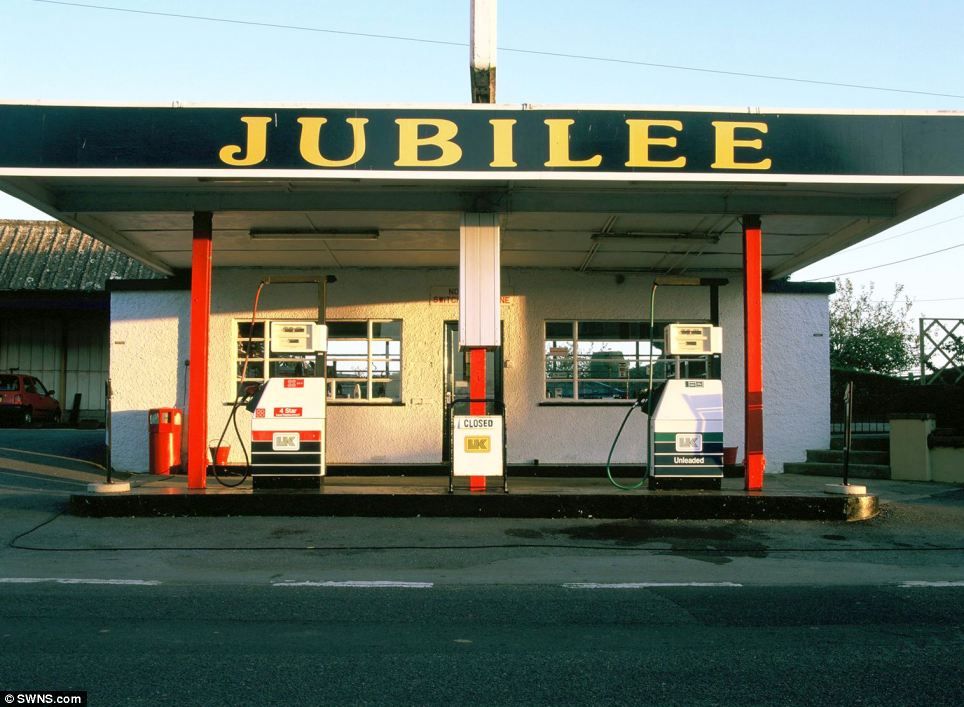
Do NOT use the max PSI that is printed on the tire sidewall. This is not the recommended PSI level. The pressure amount on the tire is normally the maximum allowed pressure. The correct PSI level is almost always less than what you see printed on the side of the tire. Over-inflation can lead to poor handling and comfort, overheating and blow outs. Over 40 PSI is a dangerous level for most vehicles!
Make sure you always use the recommended PSI as provided in your owner’s manual and don’t go any more than 5 PSI over the recommended level. You should make sure, however, that your tires are appropriate for your vehicle. You can do this by checking the car’s owner’s manual or the placard that is on the inside of the driver-side door, glove box, or fuel door.
Most car tire pressure recommendations range from 30-35 PSI.
How often should I check tire pressure?A question in many minds is when is the appropriate time and frequency for checking and inflating vehicle tires.
A quick google search will reveal a variety of different opinions and suggestions. Some say that you should check your tire pressure every 2nd visit to the gasoline station, while others say once every 3-6 months is OK.
Most tire and vehicle manufacturers, on the other hand, will say that you should check your tire pressure at least once every month, or every second trip to the gas pump. Your tires will lose around 1 PSI each for every month that goes by.
Unfortunately, not one answer will fit every situation. There are several factors that influence how often you should check your tire pressure, including:
Did you know that for every 10°-drop in temperature, you lose 1 pound of pressure?
If you have a leaky valve or a small puncture, you will lose air pressure much more quickly. This is one more reason why you should frequently check the tire pressure on all of your tires.
Since tire pressure constantly fluctuates, it’s important to check it periodically (at least once a month) and add air as necessary.
How to Check Tire PressureFinding out the tire pressure of your tires is incredibly easy. All you need is a pressure gauge (click here for additional items you should have in your vehicle).
Just make sure that you are checking your tires when they are relatively cold. If you check your tire pressure after a long drive, you will get an inaccurate reading since heat will temporarily increase the tire pressure reading.
Unfortunately, not all pressures gauges are created equal. Some are better than others. We recommend shelling out a couple extra bucks for a digital reader. The pop-up, stick-type versions are notoriously inconsistent and unreliable. A reliable gauge will be well worth the investment. Prices range from about $5 for the stick-type and about $30 for the digital and dial-type pressure gauges.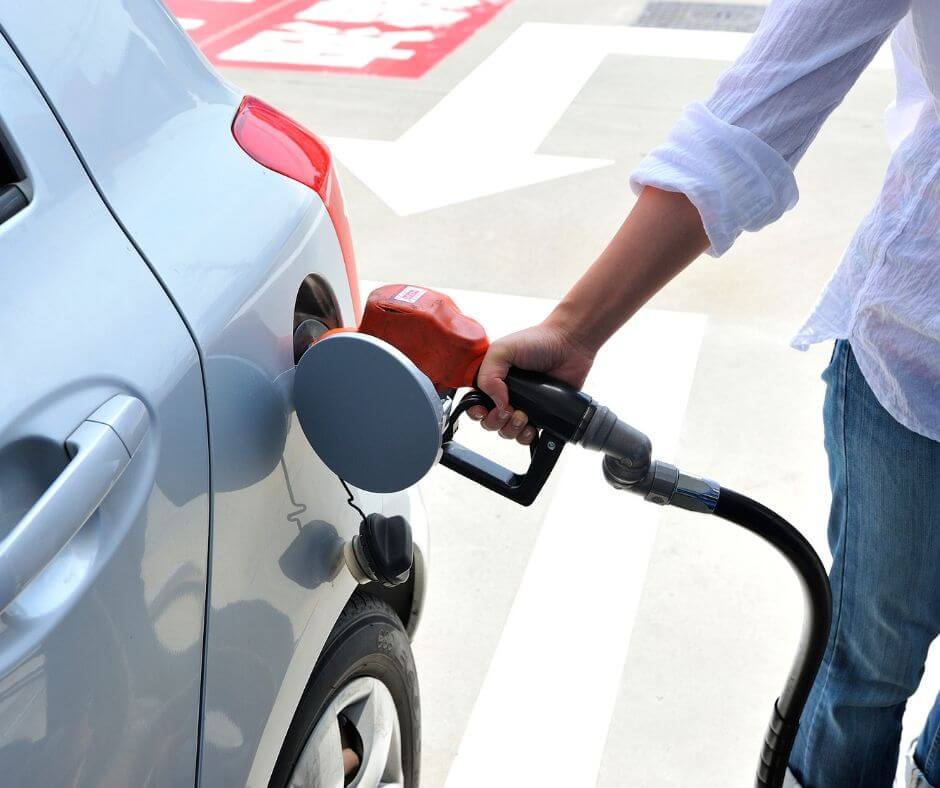
You can also check your tire pressure at most gas stations or auto repair shops. Discount Tire offers free tire pressure checks and inflation.
Here are the steps for checking your tire pressure: Check the tire pressure again. Release more air if necessary. If you release too much air, you can always add some air back.
Check the tire pressure again. Release more air if necessary. If you release too much air, you can always add some air back.It should only take you a couple minutes to check the air pressure of your vehicle’s tires. As soon as you restore tire pressure to the recommended levels, you’ll start experiencing the safety and savings that come with this regular maintenance task.
Watch this video for more information on how to check your tire pressure:
How to Inflate TiresHere are the steps for adding air to your tires:
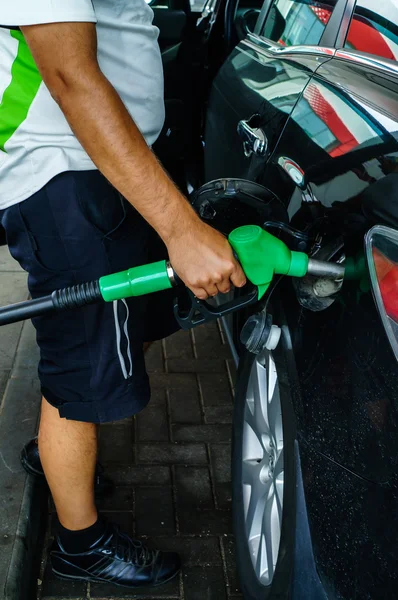 Instead, go to your local gas station that has a coin-operated air pump (ask the attendant if you can’t find it). You can also purchase your own automatic air compressor, but it will cost you around $50-$150.
Instead, go to your local gas station that has a coin-operated air pump (ask the attendant if you can’t find it). You can also purchase your own automatic air compressor, but it will cost you around $50-$150. Hold it firmly against the valve as you listen to the air filling the tire.
Hold it firmly against the valve as you listen to the air filling the tire. You’ll want to screw them back on now.
You’ll want to screw them back on now.Remember, just one drop in PSI can lower your gas mileage by about 0.2%. For every 3-4 PSI units that your tire is underinflated, you are burning around 1% more fuel.
If your tires are flat, then you probably have a leak. Add air and see if you can drive around without the pressure dropping. If you hear air escaping the tire while you are filling up, then it’s time to replace the tire.
Tip: Learn how to use the air pump properly first. Some automatic air pumps at gas stations have a handle/switch that you need to depress in order for the air to flow. When you let go of the handle, a tire pressure gauge will pop out showing you the tire pressure. At the same time, air will be slowly released. If your air pump has this kind of handle, then you will want to hold down the handle for most of the time, periodically releasing it to check the pressure reading. Consult your own tire pressure gauge for accuracy.
When should I replace my tires?If you check your tire pressure at least once a month as recommended, you’ll also get a good idea of the general condition of your tires and when you should replace them.
We recommend using the penny test:
Source: bridgestonetire.com
Click here for more car maintenance tips. Click here for car winterization tips.
Auto Simple wants you to find a vehicle you love at a price you can afford. We carry a large selection of hand-picked, Certified Pre-Owned vehicles, all with a 6 month/6,000-mile Powertrain Warranty.
If you have any questions, don’t hesitate to speak with one of our Online Specialists or give us a call:
Chattanooga, TN – (423) 551-3600
Cleveland, TN – (423) 476-4600
Dayton, TN – (423) 775-4600
Dalton, GA – (706) 217-CARS (2277)
Follow us on social media for more useful information on buying, selling, and maintaining vehicles: Facebook, Twitter, Youtube, and Google+.
Picture this. You’re happily driving along a highway before your car starts wobbling, and as the vibrations get stronger, you wonder, what gives?
You pull into the next exit and check your tires of course, and lo and behold! One of your tires is looking a little miserable. You don’t have a flat, but it is clearly deflating.
Checking the PSI of your tires regularly should be part and parcel of your car’s regular maintenance, right up there with the oil levels. You can easily get a car tire pressure gauge from any auto shop, and sometimes they are even given out for free!
Fret not. If you happen to check your tires and realize that you are under the manufacturers’ recommended guidelines, head to your nearest gas station, and they’ll have a compressor that you can use, probably for a dollar or two. It is easier than you think.
If you have never inflated your car tires, here’s what to do.
Step 1
To begin, position your car near the air pump in such a way that the hose can reach all four tires.
Step 2
Find the right tire PSI for your car once you’ve parked in a decent spot. Look at the car manual, or a label containing this information that’s stuck to the driver’s door. If you don’t see a tire pressure label here, look inside the fuel door.
Tire pressure values from the owner’s manual.Step 3
Then remove each valve cap and don’t lose them! Put them in your pocket or something. There are countless poor tires around without valve caps, but you’ll have to deal with dirt, grime, and potential blockages.
Step 4
Connect each one of the valve stems to the air pump. Firmly secure the tube to the valve stem so that air cannot escape. A hissing sound, which indicates air is escaping from the tire, should not be heard while doing this.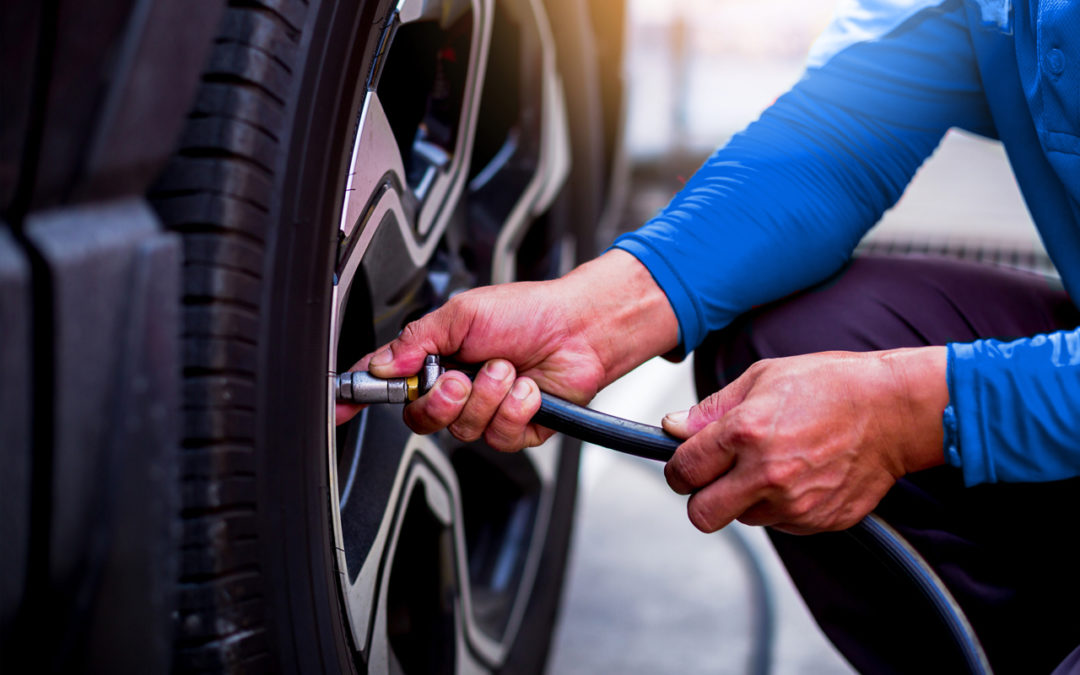 Start filling it with air.
Start filling it with air.
Most of the compressors found at gas stations will have pressure gauges, or else, use any portal pencil gauge.
Step 5
Return the hose to the machine and replace the valve stem caps on your tires once you’ve filled all four tires to the proper pressure. Don’t forget to pay, if you have to! Some gas stations charge, but some are free.
Now you are all done and ready to go back down the road!
Watch this video to learn how to check and fill your car tires.When it comes to your vehicle, there are a lot of things that you need to take care of to keep it running smoothly. One of the most important aspects of car maintenance is making sure that your tires are properly inflated.
If your tire pressure is low, it can cause a variety of problems. For one, it can lead to decreased fuel efficiency. Additionally, low tire pressure can cause uneven wear on your tires, which can shorten their lifespan.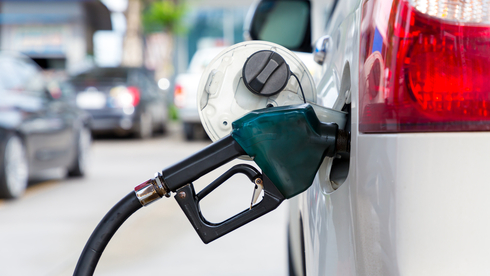
Worst of all, if your tire pressure is too low, it can make your car less stable and more prone to accidents.
You might think, well, why not just over-inflate, and be done with it?
When you drive on overinflated tires, you risk a range of problems. Over-inflated tires are more likely to blow out. A blown tire can cause you to lose control of your car, putting you and others on the road at risk.
In addition, several of your vehicle’s safety systems, such as your anti-lock brake system, are designed to operate when tires are filled to the manufacturer’s specifications. Some of your car’s driver assistance systems may be jeopardized if your tires are over-inflated.
Under-inflated tires lengthen braking distances greatly and have a significant impact on steering and handling. In addition, when tire pressure is low, more of the tread face of the tire contacts the road, causing friction.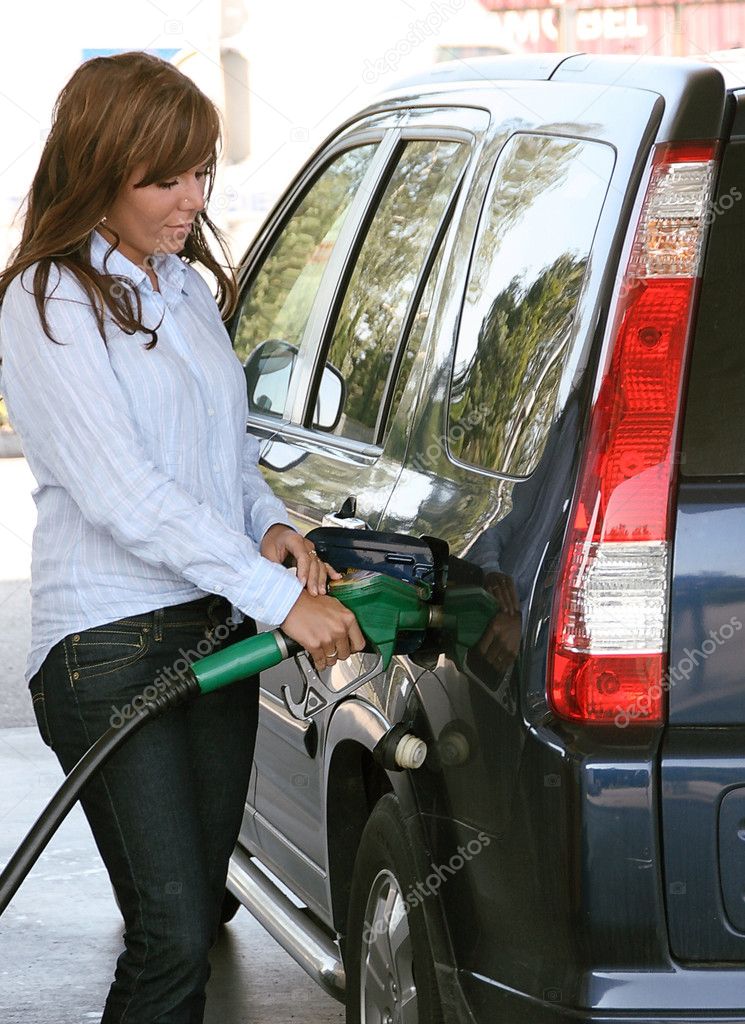
In severe circumstances, this friction can produce overheating, which can result in tread separation and blowouts. It could also cause the shortening of the life of your tires by 15% or more because the edges of your tires make increased contact with the road when they are under-inflated.
Improper tire pressure can cause quick or uneven wear, resulting in considerable internal tire damage, as well as unexpected tire failure and catastrophic injury.
To get the best out of your gas mileage, proper tire pressure should be adhered to according to the manufacturers’ instructions.
Related: How Long Should Your Tires Last & How To Make Them Last Longer?
Under-inflated tires force your engine to work harder, reducing fuel efficiency, and increasing the surface area with the road, resulting in higher resistance and greater wear and tear.
As a result, the gas economy suffers and gasoline costs rise – up to 1. 3 cents per liter. Depending on how frequently you fill up, this may add up to hundreds of dollars in a single year.
3 cents per liter. Depending on how frequently you fill up, this may add up to hundreds of dollars in a single year.
Tire pressure should be checked monthly, or as often as you can, especially if you are hitting the road on a long drive. Your tires will continue to lose pressure even if there are no leaks. Oftentimes, tires lose an average 1 pound per square inch (PSI) of tire pressure every month.
Related: How to Use an Air Compressor to Inflate Your Tires at Home
Because your car is unlikely to warn you until your tire pressure is quite low, it’s critical to check your tires manually. Checking your tire pressure regularly will help extend the life of your tires and alert you to small concerns before they become major headaches.
When it’s hot outside, the air in your tires expands and takes up more volume, while when it’s freezing outside, the air takes up less space.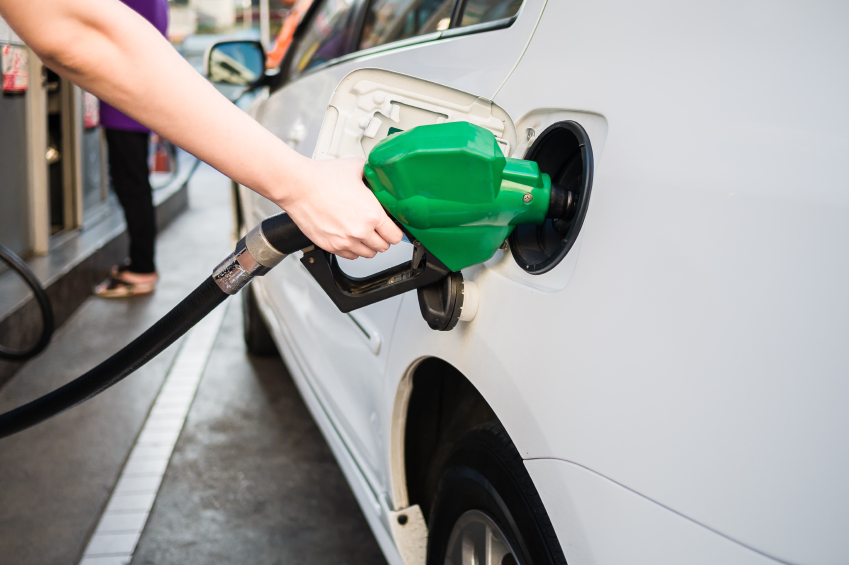 As a result, when the temperature drops, your car’s computer thinks your tires are deflated.
As a result, when the temperature drops, your car’s computer thinks your tires are deflated.
For every 10 degrees Fahrenheit that the temperature decreases, the inflation pressure in tires drops by 1 to 2 pounds per square inch (PSI).
In addition, while you drive your car and the tires heat up, the pressure in the tires will increase by one psi every five minutes for the first 15 to 20 minutes. The temperature difference can range from 3-5 pounds per square inch (PSI).
Do not wait until the TPMS (Tire Pressure Monitoring System) light illuminates before checking the tire pressure, since a regular TPMS may:
Tire manufacturers offer a suggested PSI that specifies the ideal pressure level for your vehicle’s tires. That PSI value is for when your tires are cool.
That PSI value is for when your tires are cool.
When adding air to your tires in the winter, it’s best to do it when the tires are still cool.
Measure the tire pressure in each tire before leaving the house and make a note of it. Measure the tires again when you get to the gas station, then add the amount of pressure you need based on the initial measurement.
If you drive with your tires under-inflated, you will lose some steering control, increase friction, cause additional tire wear, and reduce your car’s gas mileage efficiency.
Similarly, as the season and weather change from hot to cold, you’ll be able to make a variety of modifications to your vehicle. One thing to keep in mind is that your tires may require air inflation again. This is due to the fact that when the temperature drops, so does the air pressure in the tires.
In addition, tire pressure can even change throughout the day! What is hot during the day can be sub-zero at night, depending on your geographical location.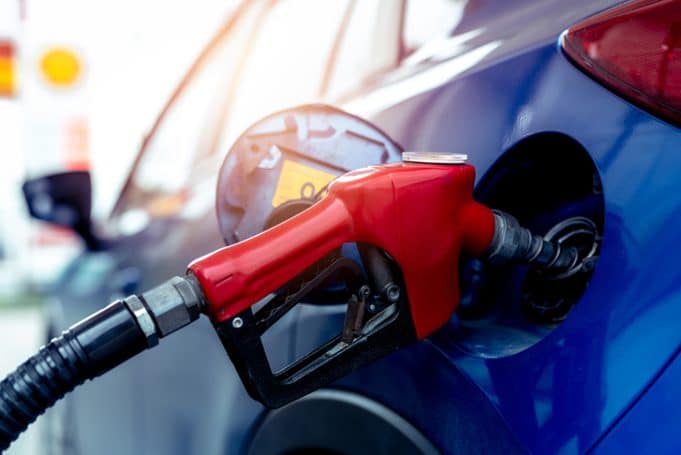
So there you have it. It’s pretty easy. Check your tires from time to time, make sure that the pressure falls within the recommended manufacturer’s guidelines, and fill it with air if it falls below.
Avoid over-inflating your tires, as this can lead to numerous problems and safety concerns!
Stay safe out there and happy driving!
The benefits of using nitrogen to inflate (refill) wheels and tires are as follows:
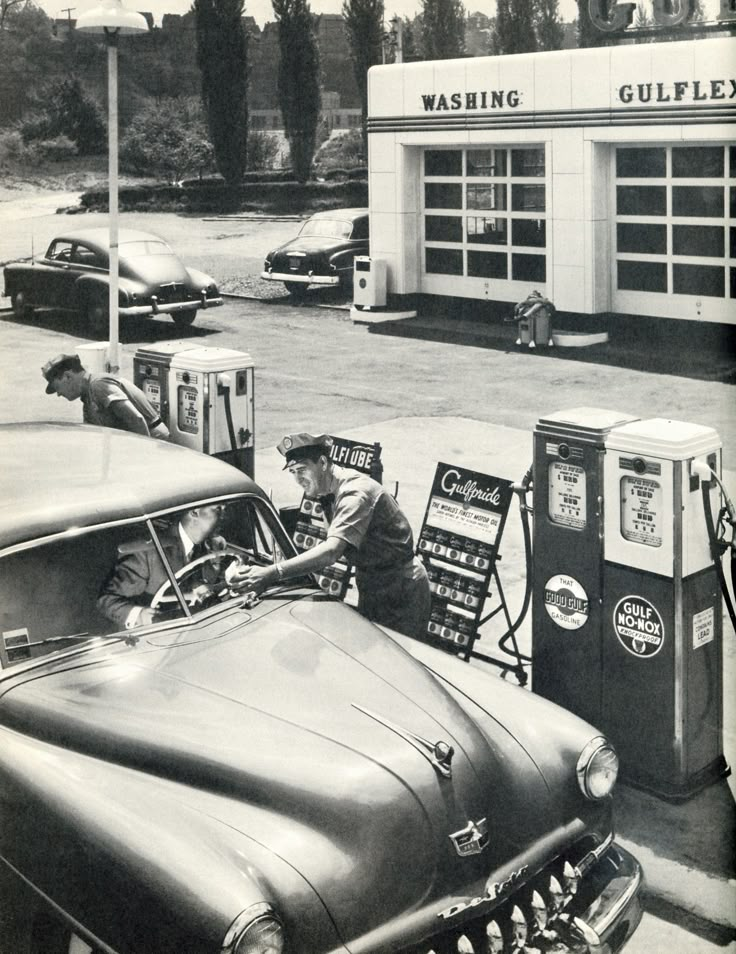 The use of filling the wheel with nitrogen increases this frequency by a factor of three.
The use of filling the wheel with nitrogen increases this frequency by a factor of three. In addition, it is important to elaborate on the advantages that filling a tire with nitrogen will give you compared to filling a wheel with air.
Advantages of filling a tire with nitrogen compared to filling a wheel with air:
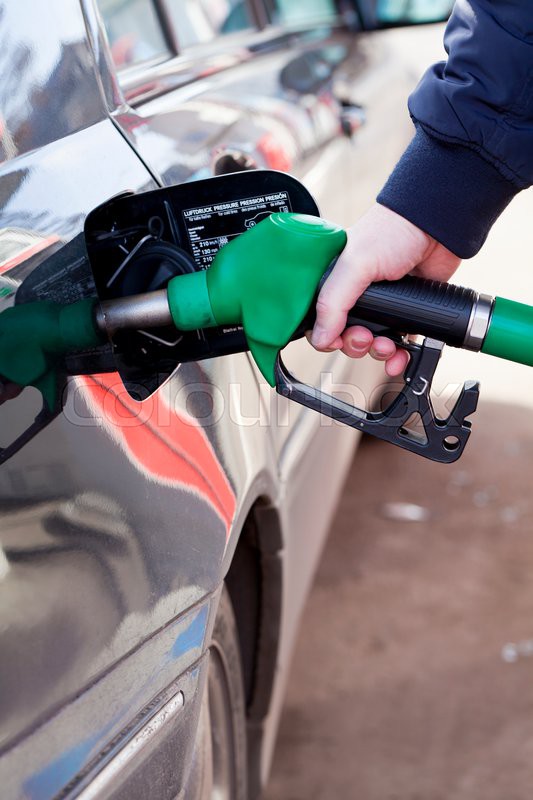
All these factors contribute not only to improving the performance of the tire, but also ensures the safety of the car on any road.
As a result, each car owner must clearly understand for himself that inflation (filling) of a tire with nitrogen has a number of advantages that not only help prolong the tire's performance, but also ensure comfort and safety on the road.
In summary, let's once again name the main advantages of pumping (filling) wheels with nitrogen:

class="w1000">
In our branch on the street. Sorge, d. 7A there is a cafe. In it, you can comfortably spend time watching the work on your car on the monitors, as well as using high-speed free WI-FI.
Professional wheel painting
Side cut and bulge repair
Wheel repair
Car interior repair
Paintless dent removal
We accept for payment:
UNIFIED INFORMATION:
+7 (495) 799-02-20
24/7
remontdiskov@mail.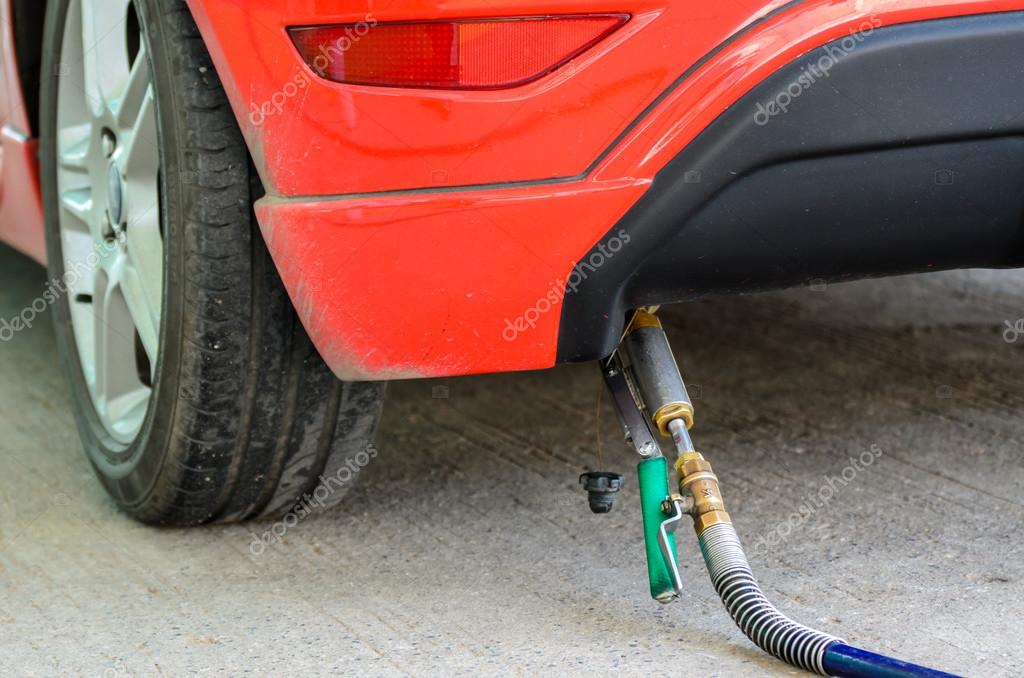 ru
ru
ProfShinService
group of companies
Please introduce yourself
or
Select branch
Anokhina Zorge Rusakovskaya International Malygina Question to the DirectorYour question
x
Login or register
What problems can there be: a gun in the tank and refuel - an experienced motorist will say and be wrong. Let him remember the first time he came to the gas station. For novice drivers, this process is often difficult. Yes, and experienced people sometimes arrange amazing miracles at a gas station: they will fill the tank with diesel instead of gasoline, then they will pour fuel on the ground, then they will leave with a hose, mutilating not only their car or gas station. So the instructions for refueling a car will not be superfluous to anyone.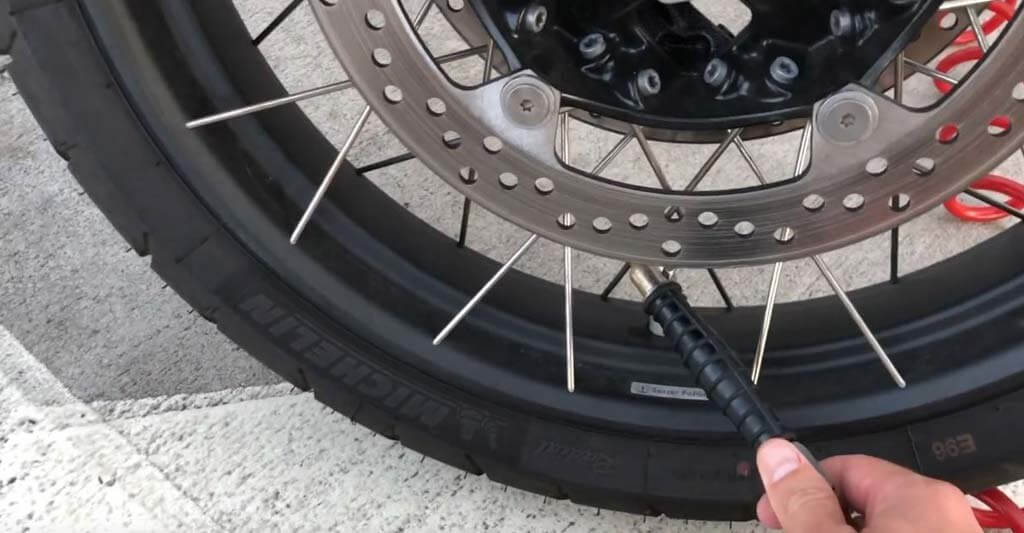
Refueling is not difficult, but requires a few rules and the usual care. Let's start with the arrival at the gas station.
A lot of cars often accumulate here, between which their owners and gas station employees walk. Therefore, the speed limit set on the territory of the gas station must be strictly observed, no matter how much you want to quickly drive up to a free column. Large gas stations often have a traffic pattern that must be followed. It is necessary to stop the car at the dispenser so that the gas tank flap is opposite the filling nozzle.
Do you remember which side the filler neck is on your car? It’s good for the owners of old UAZs - there are tanks on both sides. If you suddenly forgot or did not look at a new car, for example, take a look at the fuel indicator on the dashboard. Most often, there is a dot, an arrow, or some other icon indicating the desired side. In principle, you can drive up to the column from the other side.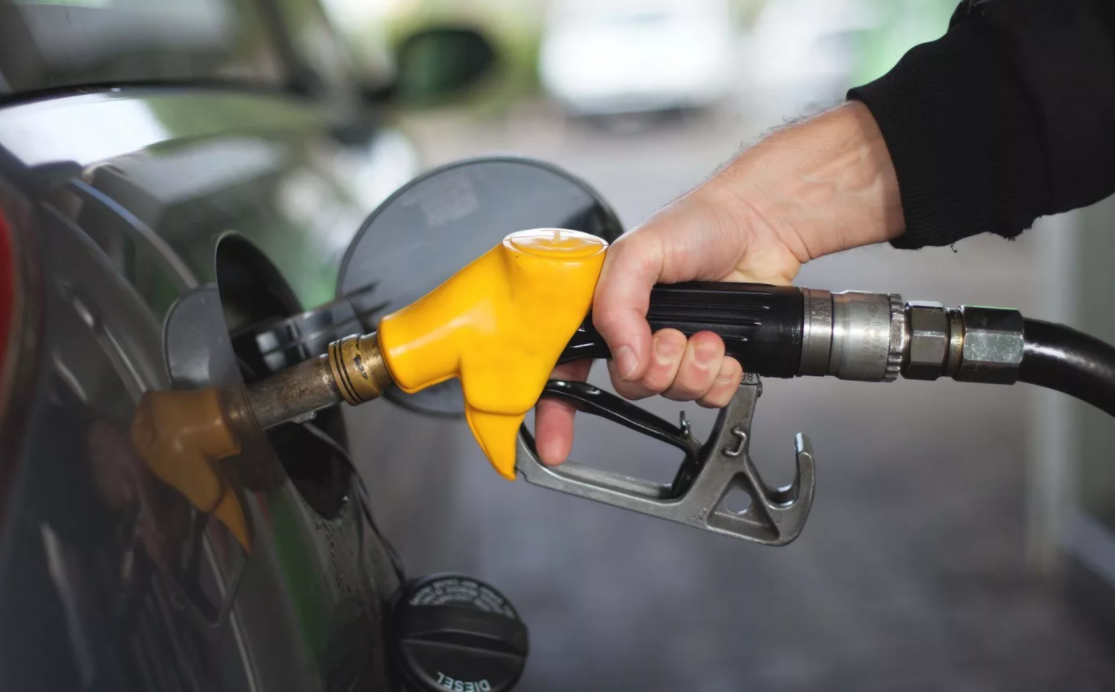 At modern gas stations, the hoses are long and will probably reach the tank. Unless, of course, you plan to fill up a van or a huge SUV.
At modern gas stations, the hoses are long and will probably reach the tank. Unless, of course, you plan to fill up a van or a huge SUV.
But turning around at the gas station and driving up to the “against wool” pump is the last thing. However, if the driver is used to overtaking on the side of the road and turning from the third row, then there is no rule for this. But is it worth it to imitate such "masters"?
We turn off the engine, put the car on the handbrake and, if the gas tank hatch is opened remotely, from the passenger compartment, we open it. If not, we get out of the car and ... we meet the tanker. We open the cork, if it is locked, clearly name the type of fuel and the required volume, and go to pay for the purchase. Just don't forget to lock your car. Gas stations are often run by crooks who steal valuables from the salons.
Returning to the car, we check whether the tank is closed and whether the car is filled.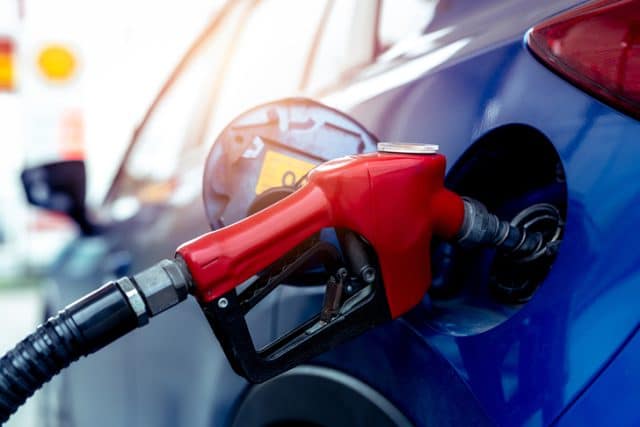 And how to understand that the car is filled? Look at the numbers on the column display. There should be your payment amount and the volume you ordered. Or, turning on the ignition, look at the fuel gauge. Now, after looking in the mirror and once again making sure that the gun does not stick out in the tank, you can carefully leave the gas station.
And how to understand that the car is filled? Look at the numbers on the column display. There should be your payment amount and the volume you ordered. Or, turning on the ignition, look at the fuel gauge. Now, after looking in the mirror and once again making sure that the gun does not stick out in the tank, you can carefully leave the gas station.
Tip for the tanker? It's up to you. There are no rules here.
What to do if there is no tanker and you have to fill the fuel yourself? We drove up to the column correctly, opened the hatch, now we unscrew the plug. On some machines, it is attached to a plastic "string", on others there is a place for it to be attached to the inside of the hatch. Putting a cork on the roof, on the trunk or on the column is not necessary - sooner or later you will forget.
Now take the desired gun and insert it into the filler hole. What kind of gasoline should be used? This can be found in the car's owner's manual or by looking at the inside of the gas tank flap.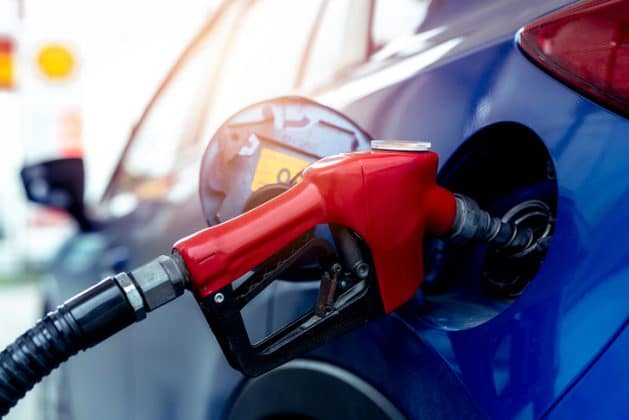 Usually, the types of fuel recommended by the manufacturer are indicated there. If there are several, the choice is yours.
Usually, the types of fuel recommended by the manufacturer are indicated there. If there are several, the choice is yours.
Pistol in the tank, you can now refuel. This is if the refueling works according to the post-payment scheme - when first refueling, then payment. By pressing the pistol lever, fill in the required amount of fuel. There is no need to be afraid of overflow. Gasoline supply will stop automatically as soon as the tank is full. Carefully, trying not to pour fuel on ourselves and the car, we take out the gun, return it to the dispenser, close the tank and go to the cashier. If the station operates on a prepaid basis, the steps are the same, but the procedure is different: first payment - then refueling. Here, beginners often have a question: how much fuel will fit into the tank? Over time, the driver gets used to quite accurately determine this by the level sensor. To begin with, you can order a refueling slightly smaller than the expected volume, or up to a full tank.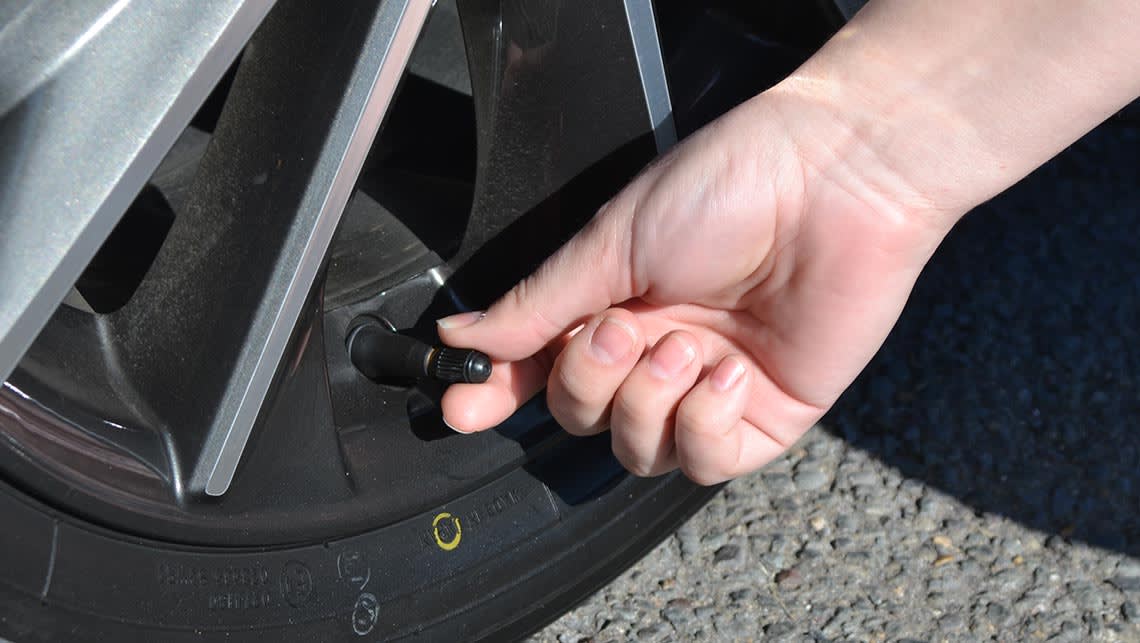 If you paid for extra fuel - it's okay, the money will be returned to you. Do not try to pour something into the tank that cannot fit in there. Fill up the car and smell of gasoline yourself.
If you paid for extra fuel - it's okay, the money will be returned to you. Do not try to pour something into the tank that cannot fit in there. Fill up the car and smell of gasoline yourself.
The answer is simple - if necessary. It is not necessary to keep the tank constantly full and visit the gas station every day. But you don't have to drive to the last drop. A competent motorist should know that a car “dried up” on the road is not only a stop in an incomprehensible place and problems with how to get to a gas station, but also a quick and easy opportunity to break a gasoline pump, which really does not like running dry.
Let me give you some good advice: start looking for a gas station when the arrow on the gauge has gone over a quarter of a tank. And the power reserve remains solid and you won’t have to visit the gas station too often. But the light bulb of the minimum balance should not be blindly trusted. For some cars, this balance is enough for 100 kilometers, while for others - for thirty.